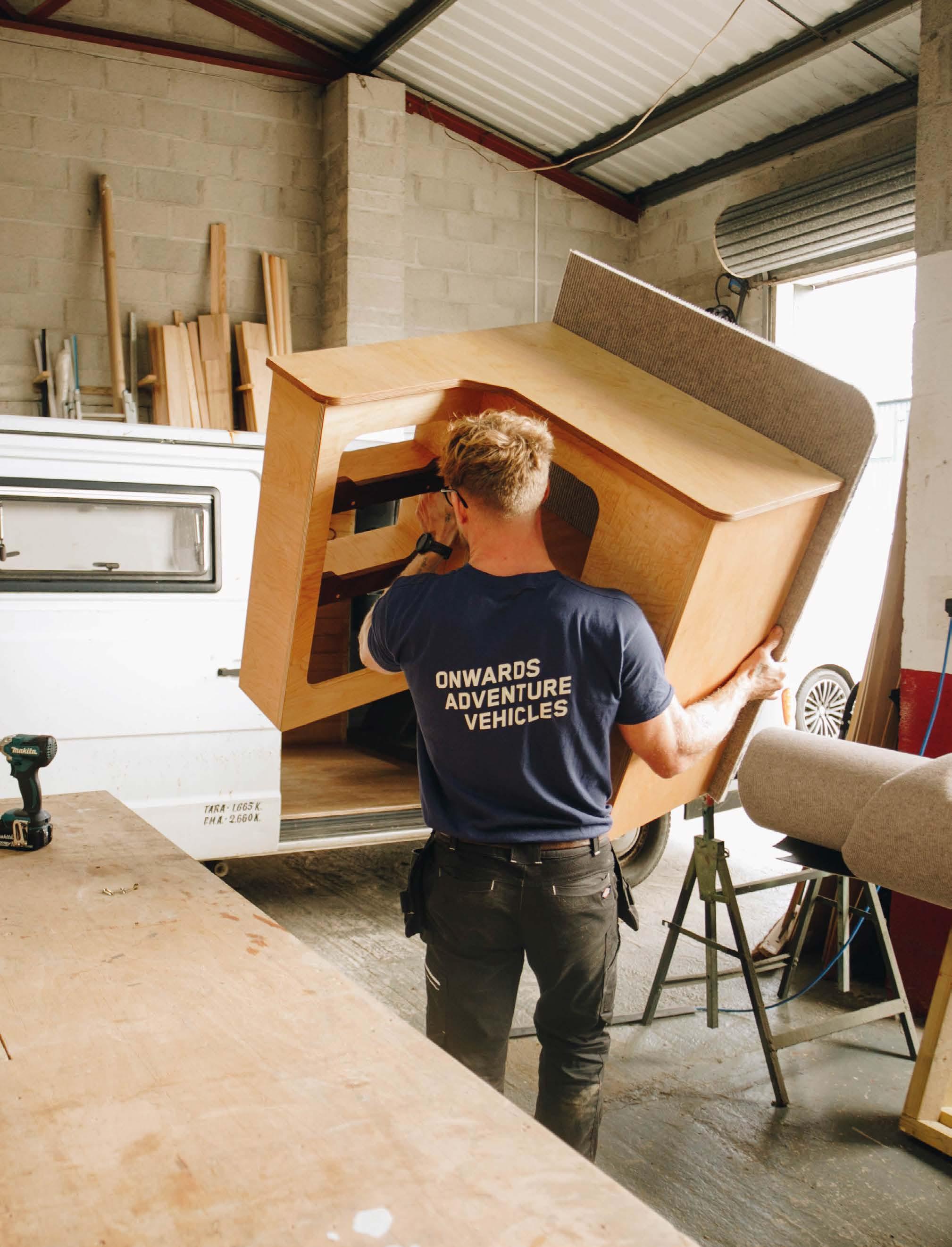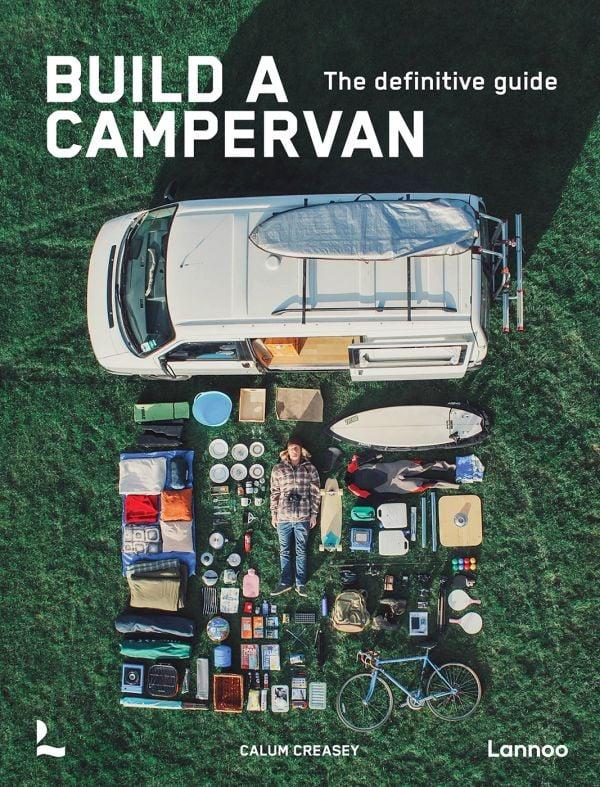
ONE - INTRODUCTION
Two - PREPaRATION
Three - THE BUILD PROCESS
I have spent the past five years building campervans professionally. Before this, I built them for myself and my now wife, Lauren, to travel around Europe in the most affordable way possible. This story has played out in a similar fashion for people all over the world. Those who build their own campervans often start with a modest design and refine it until their skills have developed and their campervan meets as many of their needs as possible.
Some, like me, go on to build many campervans, usually bigger and more ambitious. Yet still try to retain that magic they discovered with that first build. Some, also like me, go on to open their own businesses that build campervans for other people, using the skills they have developed to create bespoke vehicles for those who do not have the time, space or resources to build their own.
These vehicles have the capacity to move you physically, mentally and spiritually. This is a bold claim, but bear with me a moment. I have written extensively (elsewhere) about the ‘Why’: the dreams that fuel our desire for a campervan are varied, yet when discussed, the same themes reoccur time and time again. I have learned a great deal from every campervan I have built (30+ to date). Each has been unique. Built around the individual. The
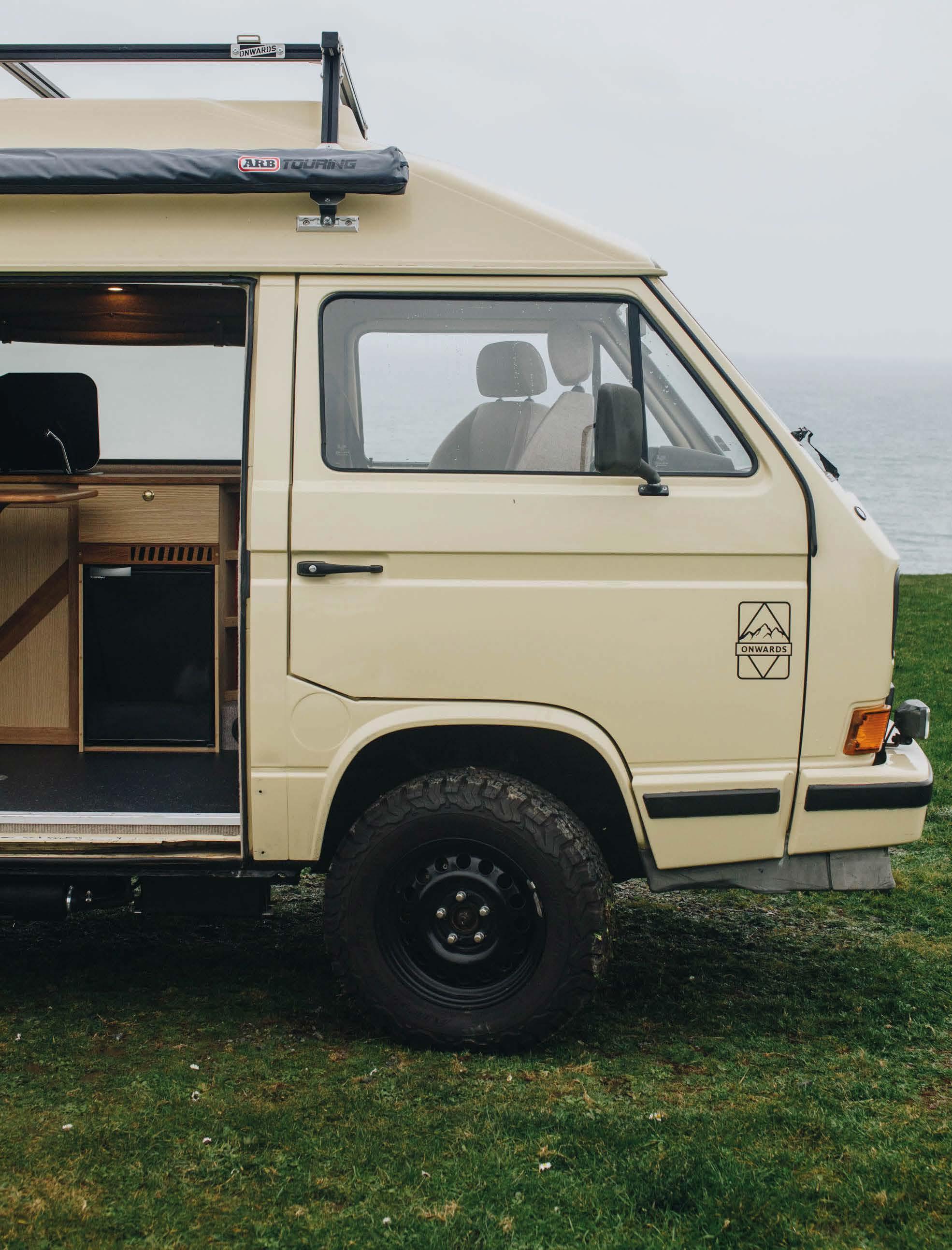
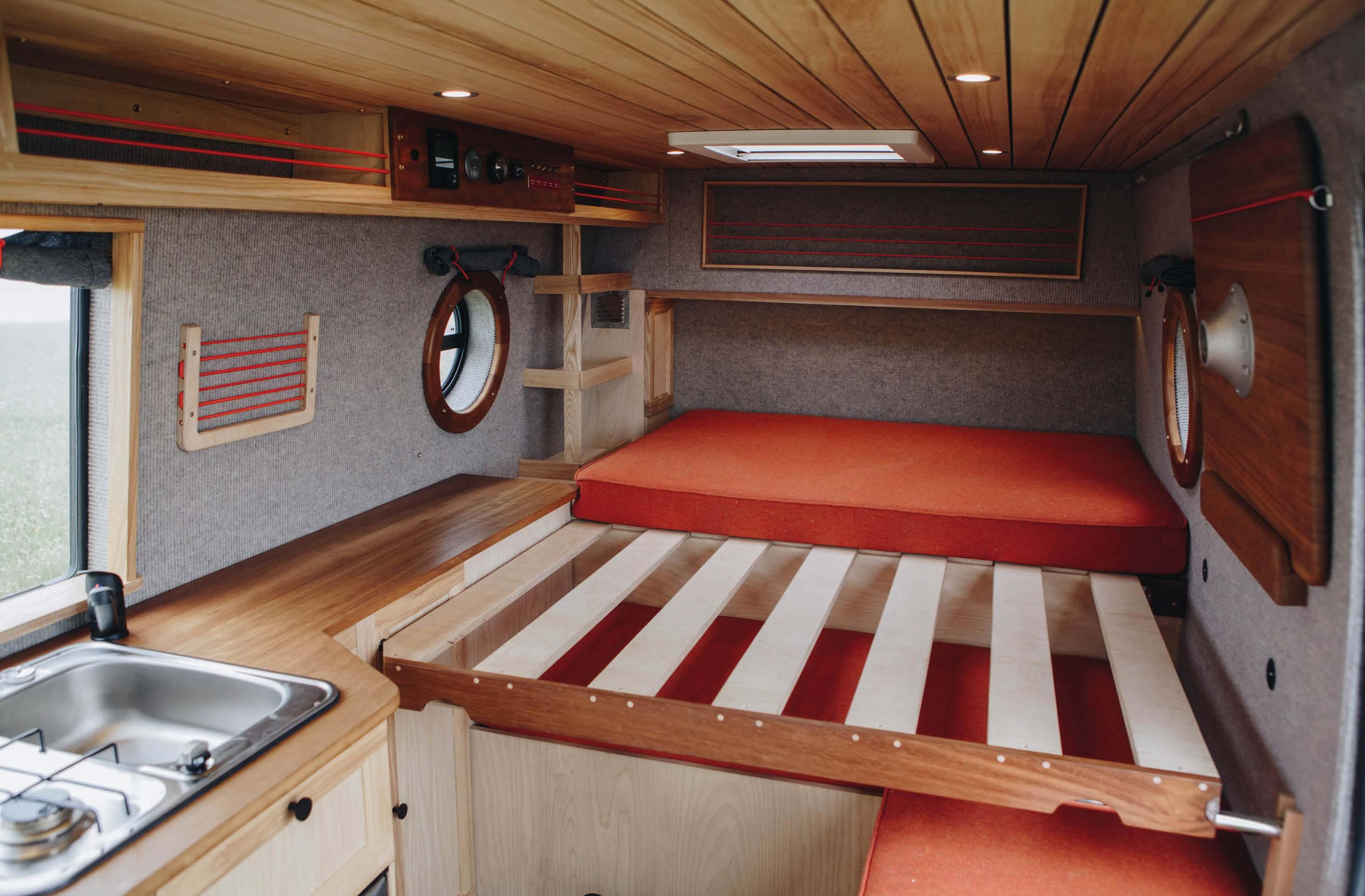

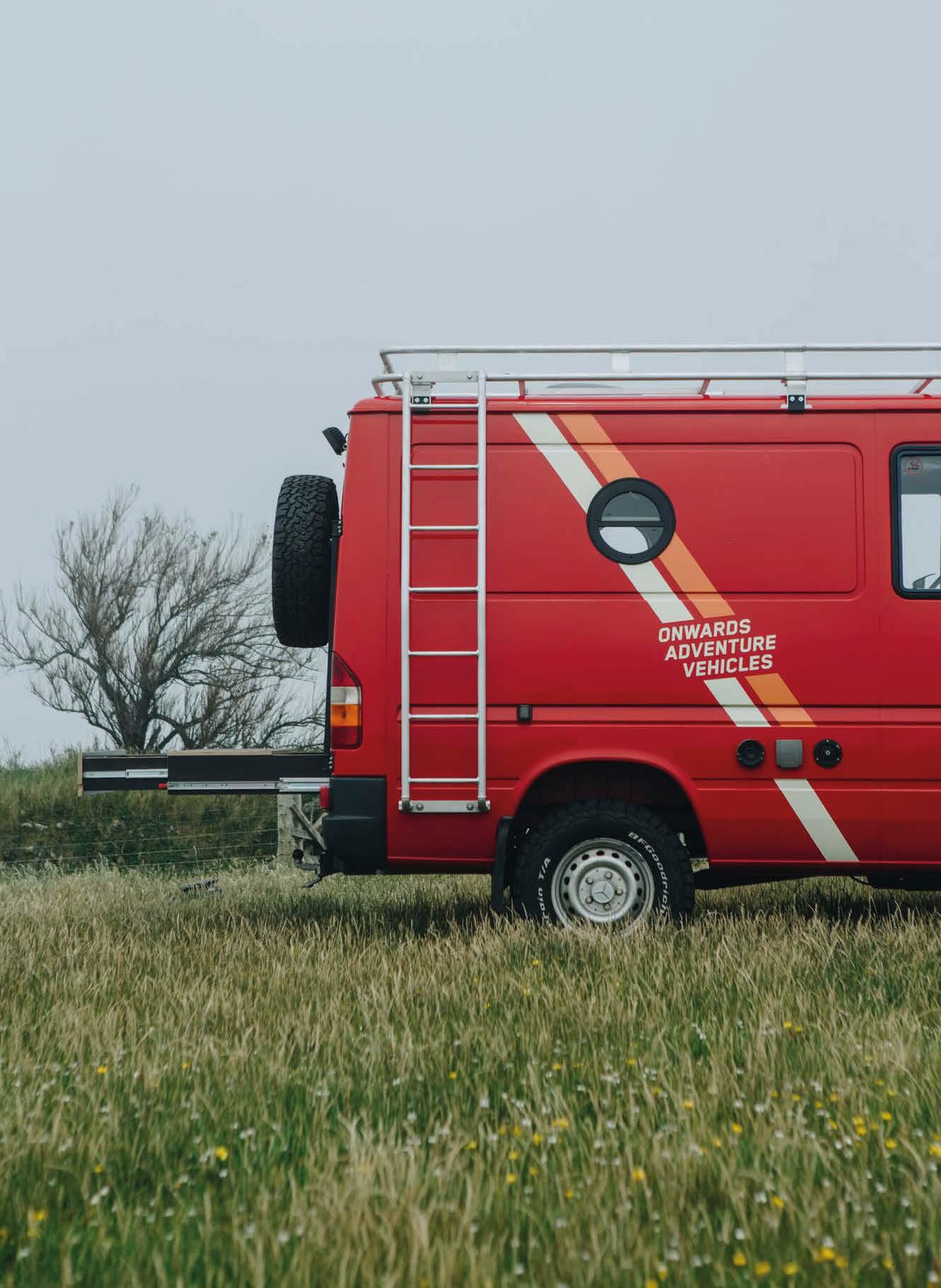

‘Every time you turn on a tap, sleep in your bed, or open the window to let in the cool sea breeze, you will not be aware of the time it took you to fit these parts of your campervan. Any piece of successful design can intentionally be judged on how seamlessly it fits into our everyday lifestyles. Built right, your campervan should become invisible.’
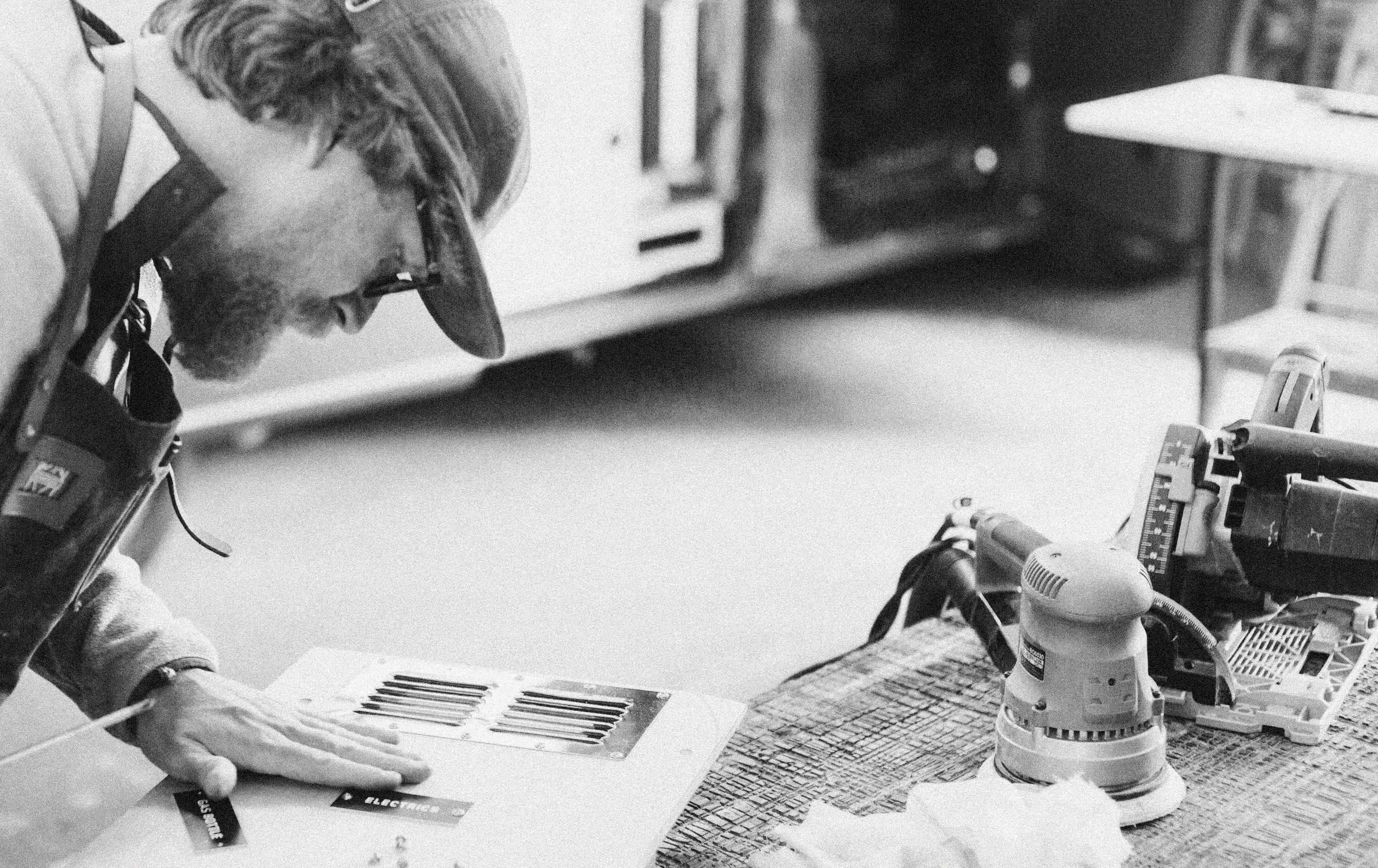

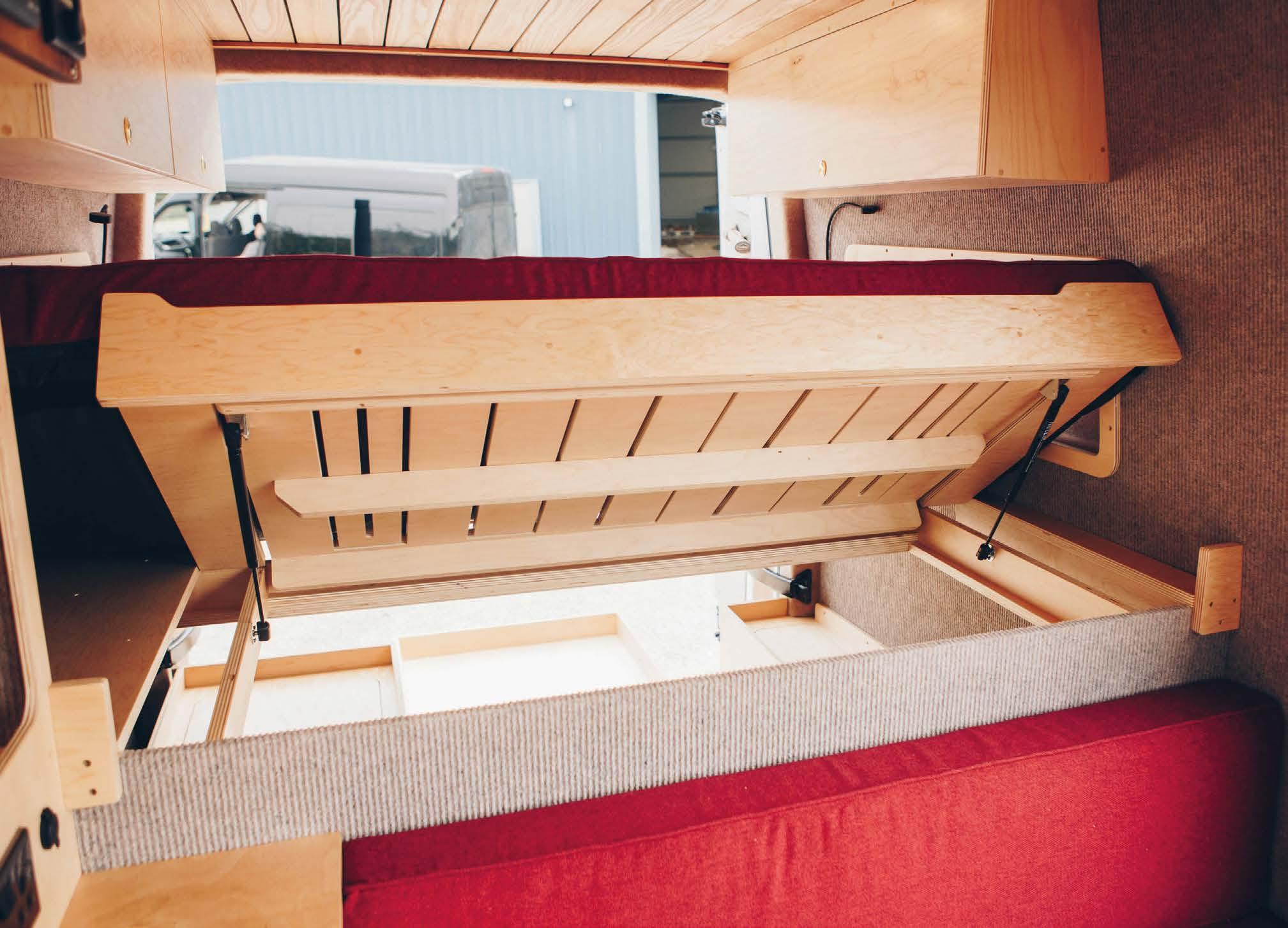
A rear ‘semi-permanent’ bed that raises to enable access to the garage space.
This ‘L shape’ seating area quickly transforms into a large bed. Simple but effective.

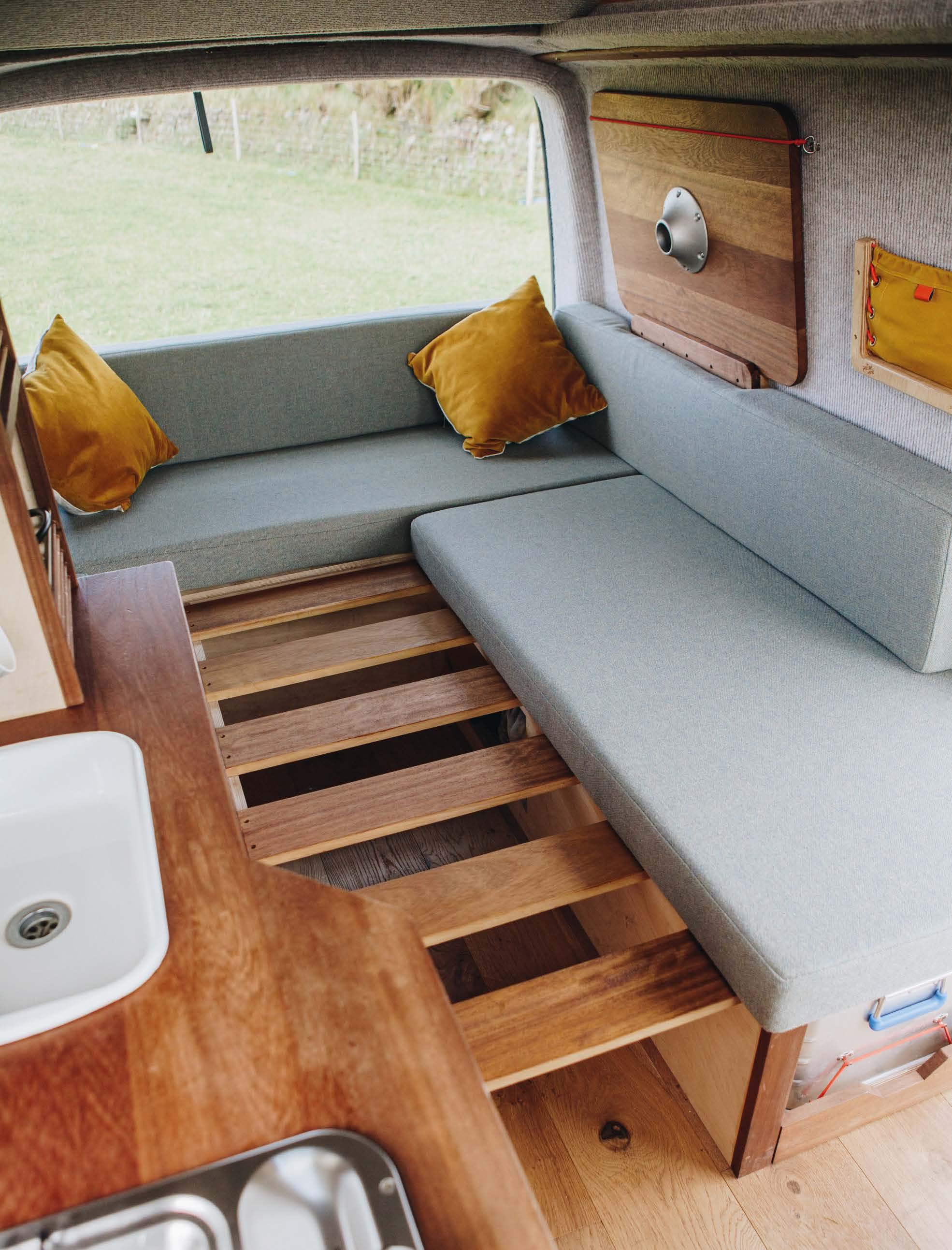
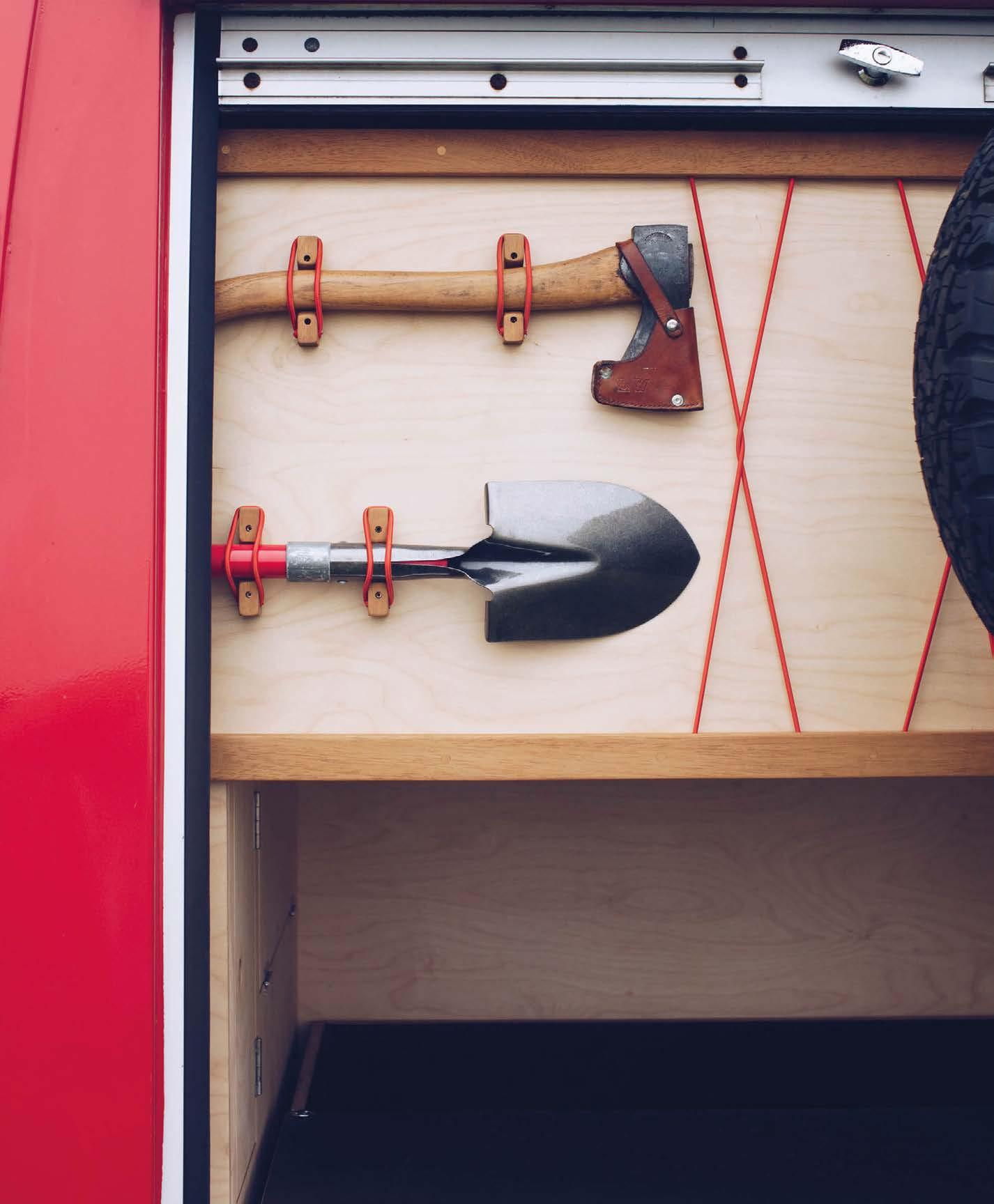
ADVICE
Storage of equipment is key. Include spaces dedicated to packing away items that would otherwise interrupt your living space.
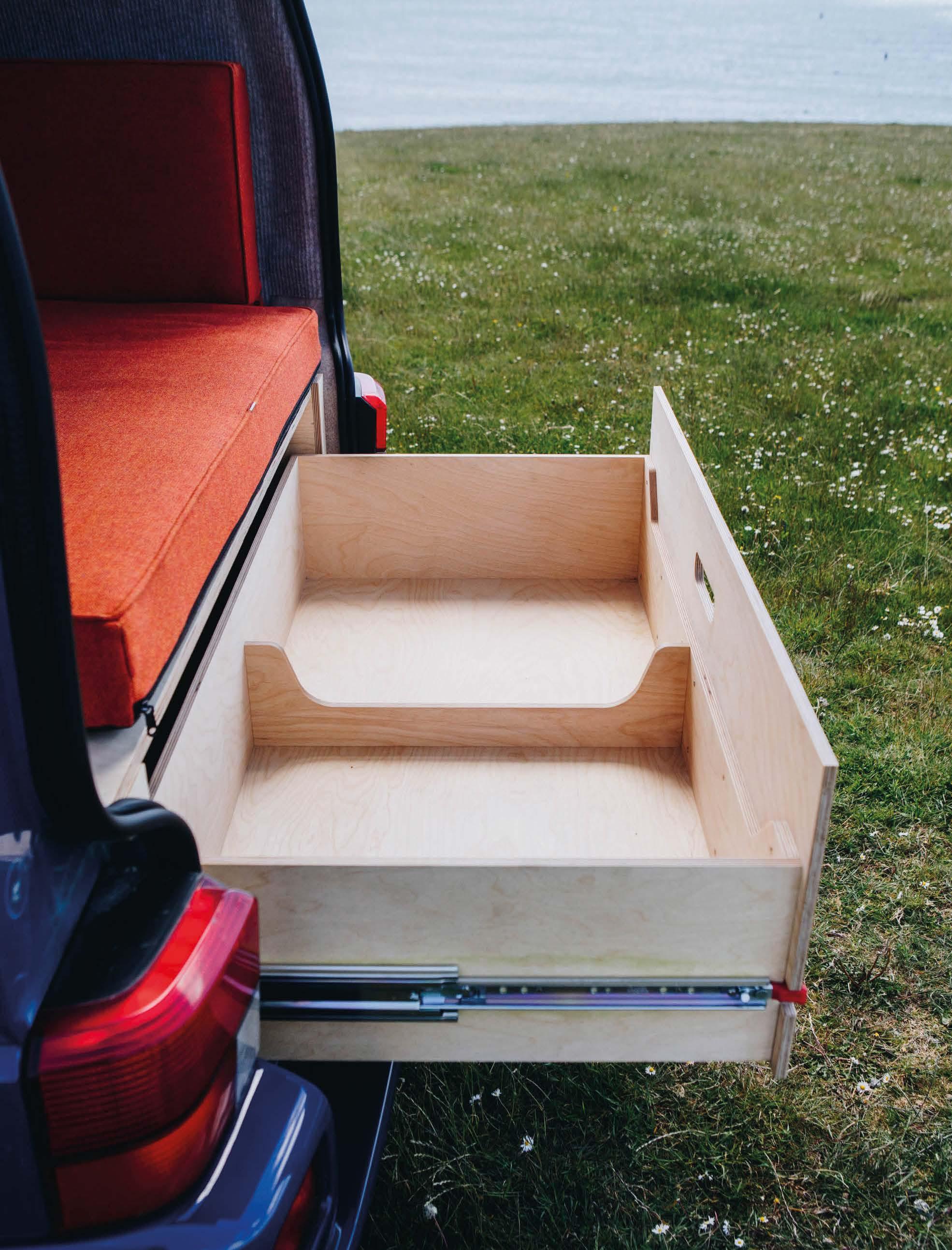
As you are doing your build, you will need to weigh each part before fixing it into your campervan. If your projected weight is above the actual weight, you are in a good place. If parts and materials prove to be heavier than you projected, you will need to make allowances for the extra weight in other areas or adapt your design as you build. We will return to weight later on in the book.
USA
Following any permanent vehicle modifications, it is best practice to have your vehicle weighed and obtain a ‘weigh slip’. This ensures your vehicle is not overloaded. Take a visit to your nearest inspection certified mechanic to obtain advice on any areas that may need to be addressed - seat belts, smoke detectors, carbon monoxide detectors, brake lights and positioning of license plates. If your base vehicle is registered as a commercial vehicle, you may be able to apply to the DMV (department of motor vehicles) to have it re-registered as a passenger vehicle, RV or truck camper. Specific rules are dictated by each state, so check with your local vehicle licensing authority before you start your build.
You will come to understand the compound effect of all of the materials and parts you fit to your vehicle; after all you will be lifting each piece into place yourself.
